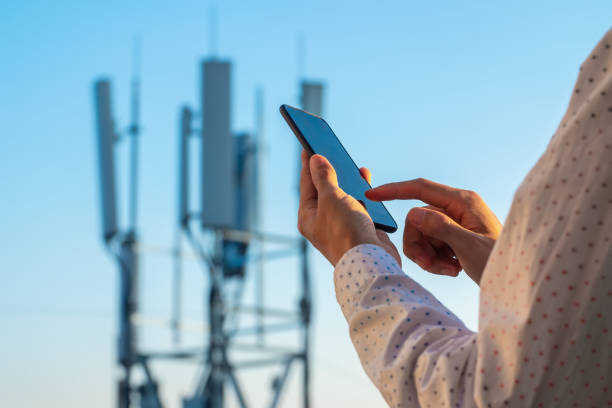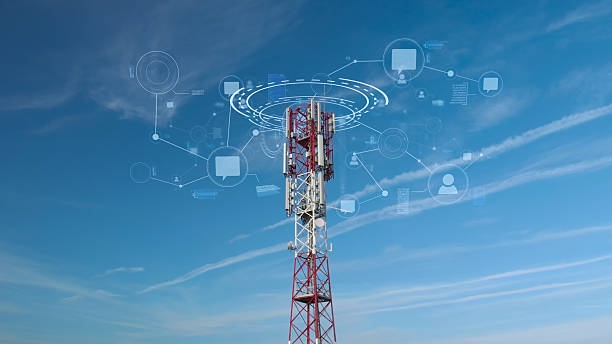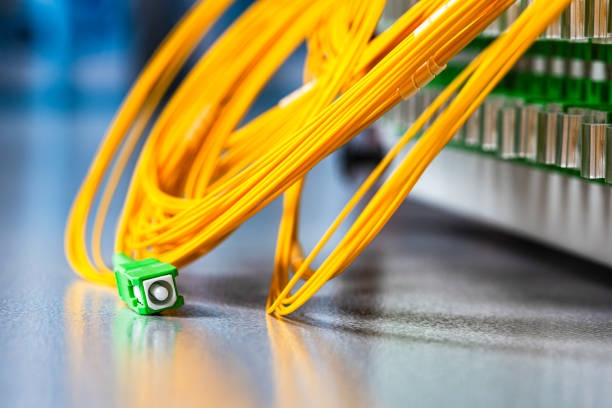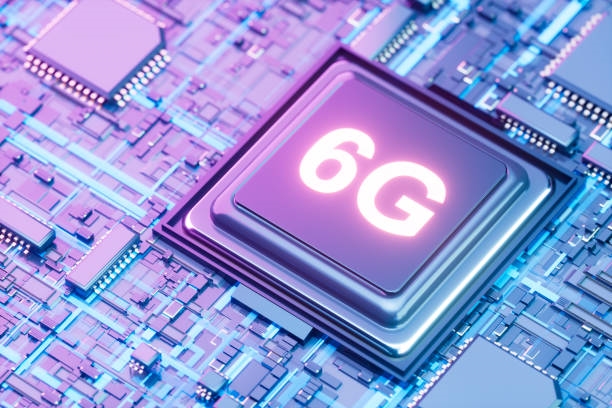Introduction
Readers often ask about the difference between a cell and a sector, and the difference between carrier frequency and carrier. Cell, sector, carrier, and carrier frequency are all concepts related to mobile base stations. We will start by explaining the base station.
What is a base station
A base station, abbreviated BS, is an important component of the radio access network in mobile telecommunications. Its main functions are modulation and demodulation of signals, and RF transmission and reception. In the 4G era, the main hardware components were the BBU (baseband processing unit), RRU (remote radio unit), and the antenna and feeder system. In 5G, hardware has evolved and passive antennas have been replaced by active antennas, known as AAU (active antenna unit).
Site and antennas
In practice, a site is often a tower. Mounted on the tower are many antenna faces that belong to one or more base stations. A complete 4G base station typically consists of BBU, RRU, and the antenna and feeder. Today most RRUs are mounted on the tower; installations that place RRUs in equipment shelters are now uncommon.
A single site can host multiple base stations. Different mobile network operators may install their own equipment on the same site. Even for a single operator, multiple network generations such as 2G, 3G, 4G, and 5G can coexist at the same site.
Cells and sectors
Antennas can be omnidirectional or directional. Omnidirectional antennas, typically whip or cylindrical types, transmit in all directions. Directional antennas, typically panel types, transmit toward specific directions.
For open areas with low user density, omnidirectional antennas and lower frequencies (longer wavelengths with better diffraction and longer range) can cover a wide area. This is called "centralized excitation."
For complex or high-density areas, directional antennas improve coverage. Engineers have found that three antennas, each covering 120 degrees, provide the best cost-performance ratio. This yields a design with three coverage areas per site, known as "vertex excitation." Directional antennas allow flexible coverage and can mitigate obstacles within a cell by pointing signal where needed.
Other configurations are possible, such as six antennas covering 60 degrees each. Regardless of the exact angle, the coverage area of a directional antenna resembles a fan. Such a wireless coverage region is called a sector. A sector, like a base station, is a physical concept and exists in reality.
Industry terminology commonly refers to S-type and O-type sites. S indicates sectorized (directional) sites. O indicates omni-directional sites.
Carrier and carrier frequency
Before defining a cell, two related concepts need to be clarified: carrier and carrier frequency.
A carrier is the modulated radio electromagnetic wave that carries voice, video, and other information. Each carrier occupies a certain frequency range. Carrier frequency refers to the carrier's center frequency. The term can denote either the numeric frequency value or relevant hardware; the center frequency value is the carrier center frequency point.
A sector with only one carrier may not provide sufficient capacity, so multiple carriers can be configured for that sector. A sector is a physical concept, while a cell is a logical concept. The definition of cell varies by wireless technology.
Cell definitions across technologies
In 2G GSM, a cell equals a sector. GSM is a narrowband system with small single-carrier capacity. Multiple carriers are often grouped together to form one cell. For example, an S 2/2/2 configuration means there are three sectors at the site, and each sector has two carriers.
In 3G WCDMA, 4G LTE, and 5G, a cell equals a carrier. WCDMA is wideband CDMA, and LTE uses wider single-carrier bandwidths. For a sector, configuring one to two carriers is typically sufficient.
For example, an S 1/1/1 configuration describes three sectors with one carrier each, resulting in three cells. Distinction between cells in such cases may use codes such as scrambling codes or other identifiers. An S 2/2/2 configuration, with two carriers per sector, yields six cells in total. The number of cells that can be configured per sector depends on hardware capabilities.
A simple rule of thumb: systems with narrow bandwidths require more carriers and often group multiple carriers into one cell. Systems with wide bandwidths require fewer carriers, and one carrier often constitutes one cell.
Summary
A wireless coverage area identified by a base station identity code (BSIC) or a cell global identifier (CGI) is called a cell. The cell is the smallest service area unit that provides terminal access. It is a virtual, logical unit defined by the system so that engineers can configure parameters and manage it as an object.
The key distinction that makes separate cells is whether they can provide independent service. In GSM, one cell can span multiple carriers but use a single broadcast control channel (BCCH), so multiple carriers together provide the cell service. In WCDMA and LTE, carriers have their own pilot signals and operate independently, so each carrier corresponds to one cell.
 ALLPCB
ALLPCB








